Cats are obligate carnivores, which means their survival depends on nutrients found only in animal products. Feeding your cat the wrong foods can lead to malnutrition, obesity, or even life-threatening illnesses. As a pet owner, you must prioritize a diet rich in high-quality protein, balanced fats, and essential vitamins to ensure your cat thrives. This guide cuts through the noise to deliver science-backed recommendations on the best foods for cats, what to avoid, and how to tailor meals to your feline’s unique needs. Whether you’re raising a playful kitten or caring for a senior cat, understanding their dietary requirements is non-negotiable. Let’s dive into the specifics of what your cat should eat—and why.
Why Protein Is Non-Negotiable for Cats
Cats require a diet with at least 26% protein (AAFCO standards) to maintain muscle mass, support organ function, and fuel their energy. Unlike dogs or humans, cats lack specific enzymes to synthesize critical amino acids like taurine and arginine from plant sources. These nutrients must come directly from animal-based proteins.
Top Protein Sources:
Cooked Chicken or Turkey: Skinless, boneless breast or thigh meat provides lean protein. Avoid seasoning.
Salmon or Mackerel: Rich in omega-3 fatty acids for skin and coat health. Always cook fish to kill parasites.
Beef or Lamb: Offer in moderation due to higher fat content. Trim excess fat before serving.
Avoid: Raw meat (risk of salmonella), processed deli meats (high in sodium), and pork (difficult to digest).
Essential Nutrients Your Cat Can’t Live Without
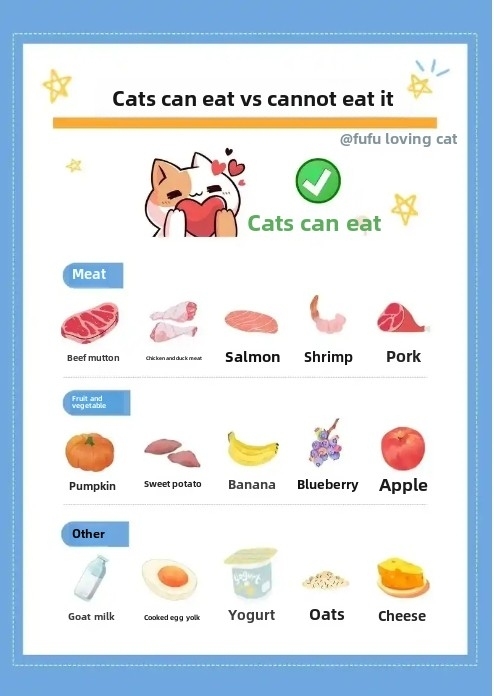
Beyond protein, cats need a precise blend of vitamins, minerals, and fatty acids. Here’s what their diet must include:
Taurine: Found in heart, liver, and dark poultry meat. Deficiency causes blindness or heart failure.
Arachidonic Acid: A fatty acid in chicken fat and egg yolks critical for brain function.
Vitamin A: Liver and fish oils support vision and immune health.
Calcium and Phosphorus: Bone meal or ground eggshells (¼ tsp per meal) balance these minerals.
Commercial Cat Food Tip: Choose brands with named meat (e.g., “chicken,” not “poultry by-products”) as the first ingredient. Grain-free options are ideal for cats with allergies.
Safe Human Foods vs. Toxic Hazards
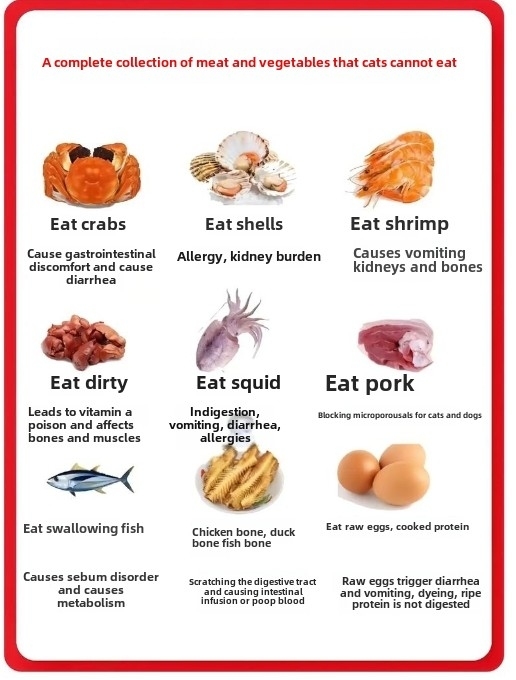
While cats thrive on meat, some human foods are safe in moderation:
✅ Plain Greek Yogurt: Provides probiotics. Ensure it’s lactose-free.
✅ Pumpkin Puree: Soluble fiber aids digestion. Use 1 tsp for constipation.
✅ Cooked Eggs: Scrambled or boiled eggs offer biotin and protein.
🚫 Toxic Foods to Avoid:
Onions, Garlic, Chives: Destroy red blood cells, causing anemia.
Chocolate and Caffeine: Trigger seizures or cardiac issues.
Grapes and Raisins: Cause kidney failure.
Xylitol: Found in sugar-free gum; lethal even in tiny amounts.
Wet Food vs. Dry Food: Which Is Better?
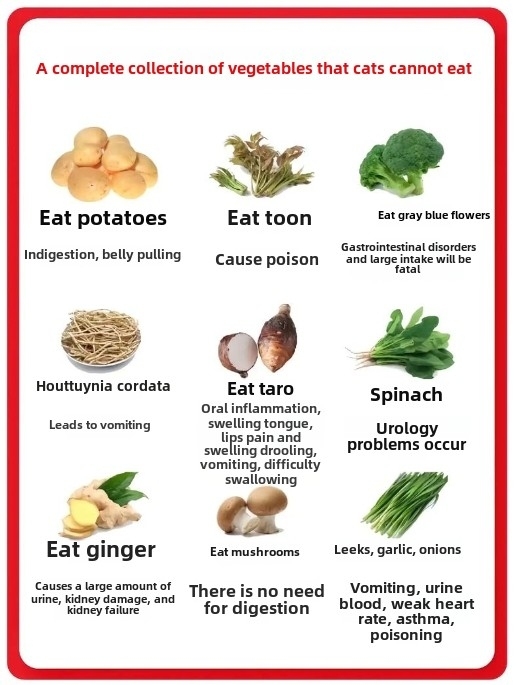
Wet Food Pros:
Higher moisture content (70-80%) supports kidney and urinary health.
Lower carbohydrates reduce diabetes risk.
Dry Food Pros:
Convenient for free-feeding.
Helps reduce plaque buildup with crunchy texture.
Verdict: Combine both. Feed wet food twice daily and leave out measured dry kibble for grazing.
How Often Should You Feed Your Cat?
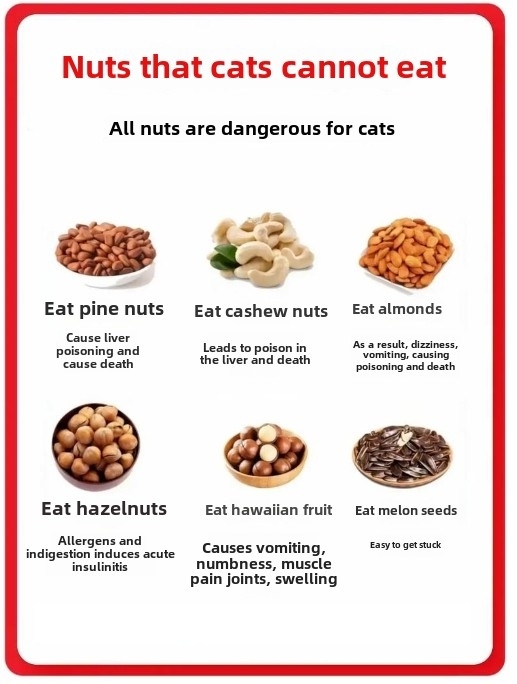
Kittens (Under 6 Months): 4-6 small meals daily. Use kitten-formulated food.
Adults (1-7 Years): 2 meals spaced 12 hours apart. Adjust portions based on activity.
Seniors (7+ Years): 2-3 smaller meals with joint-supporting supplements.
Portion Control: Average cats need 20-30 calories per pound daily. Example: A 10-pound cat requires 200-300 calories.
Special Diets for Health Conditions
Kidney Disease: Low-phosphorus, high-moisture diets. Avoid fish (high in phosphorus).
Diabetes: High-protein, low-carb wet food stabilizes blood sugar.
Food Allergies: Novel proteins like duck or venison eliminate triggers.
Transitioning Foods: Mix 25% new food with 75% old food for 7 days to prevent stomach upset.
Homemade Cat Food: A Step-by-Step Recipe
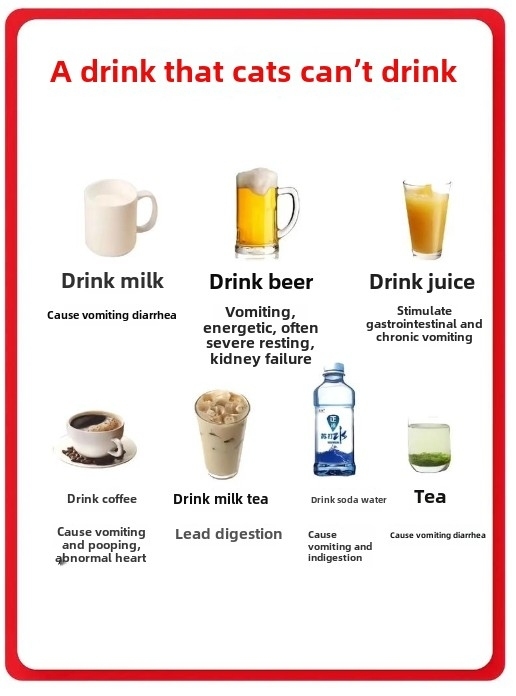
Ingredients:
1 cup cooked chicken breast (shredded)
¼ cup chicken liver (boiled)
1 tbsp salmon oil
½ tsp ground eggshell
¼ cup steamed carrots (mashed)
Instructions:
Blend liver and eggshell into a paste.
Mix with shredded chicken and carrots.
Add salmon oil and serve.
Note: Consult a vet to ensure nutritional completeness.
Final Tips for Picky Eaters
Warm food to enhance aroma.
Offer variety (rotate proteins like chicken, rabbit, or turkey).
Avoid overfeeding treats—stick to 10% of daily calories.
By prioritizing species-appropriate nutrition, you’re safeguarding your cat’s longevity and vitality. Stick to these guidelines, and your feline companion will reap the benefits for years to come.


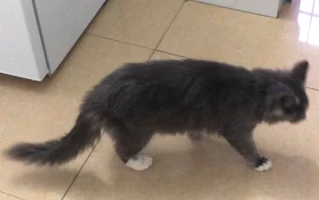
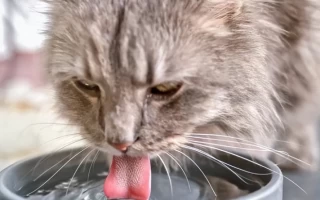
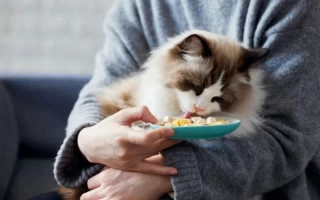
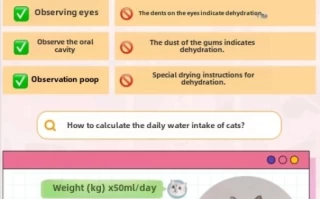

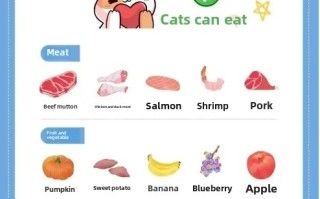
No comments yet, come on and post~